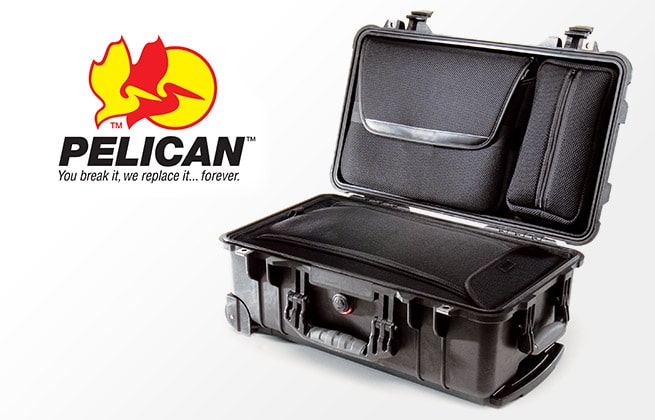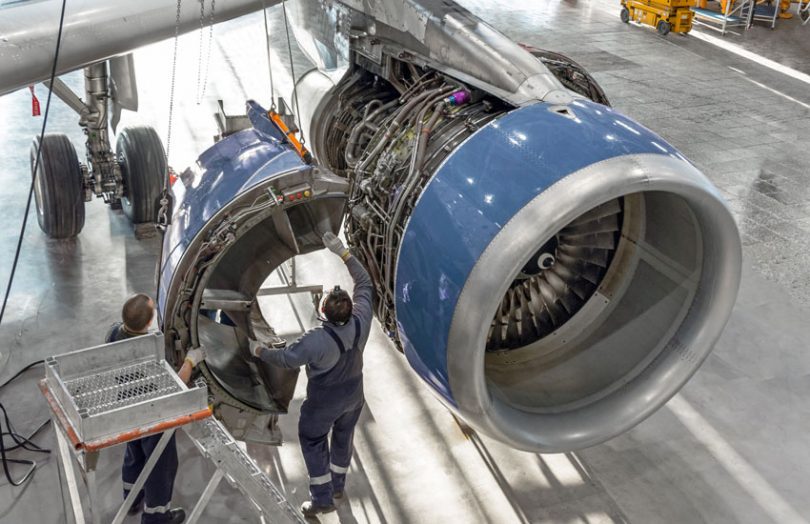If you’re reading this, you probably already know that Pelican-Hardigg cases are incredible feats of engineering. From tiny to gargantuan, they come standard in a huge collection of case sizes and configurations. And thanks to modern customizations like custom foam inserts and cushioning, custom case sizes, data and power ports, shock mounts, removable racks, and temperature controlled interiors, there’s virtually no limit to what Pelican cases can carry these days. Following are a few of the ways customizations like custom foam inserts can make your Pelican a total powerhouse.
Cases for Cameras & Electronics
Electronic equipment like communications, scientific, industrial and photographic devices aren’t particularly suited for rough conditions, though they’re needed in those conditions all the time! Reusable Pelican cases with custom foam inserts can make your Pelican case interior the perfect home for your equipment, providing support and cushioning exactly where it’s needed, so you can take your equipment anywhere, worry free.
Reusable Shipping Cases
Many of our customers have found that replacing the usual collection of cardboard boxes and wooden shipping crates with reusable Pelican cases saves money. Our customizations add shockproof, waterproof, and crushproof protection from damage, and the cases can be used over and over again, reducing replacement and labor costs.
Trade Show Shipping Cases
Trade show assets are always on the go. And they need to look good when they get where they’re going. With custom foam insert technology, our reusable custom Pelican tradeshow cases provide the exact cushioning and support these fragile materials need—no matter the shape or size—while also making takedown faster and easier.
Drone & UAV Cases
Drones and UAVs are expensive and easy to damage—and they’re carted around into all kinds of environments. So keeping them protected is important. We can fit your Pelican case with an interior worthy of its top notch exterior, solving the problems of drone transportation, and providing safe, secure storage for your drone, controller, ground station and accessories.
Want to learn more? Check out these videos, photos and articles!
SNEAK PEAK! Go Inside the Pelican Testing Lab in the Videos
Photo Gallery: The Many Faces of Custom Cases
Videos: Learn About Custom Foam Inserts
Materials Matter Part 1—Plastics: 5 Tactics Behind Plastics For Custom Cases
Materials Matter Part 2—The Magical Metal For Custom Cases
Materials Matter Part 3—Wood/Composite Cases: An Old Standby


